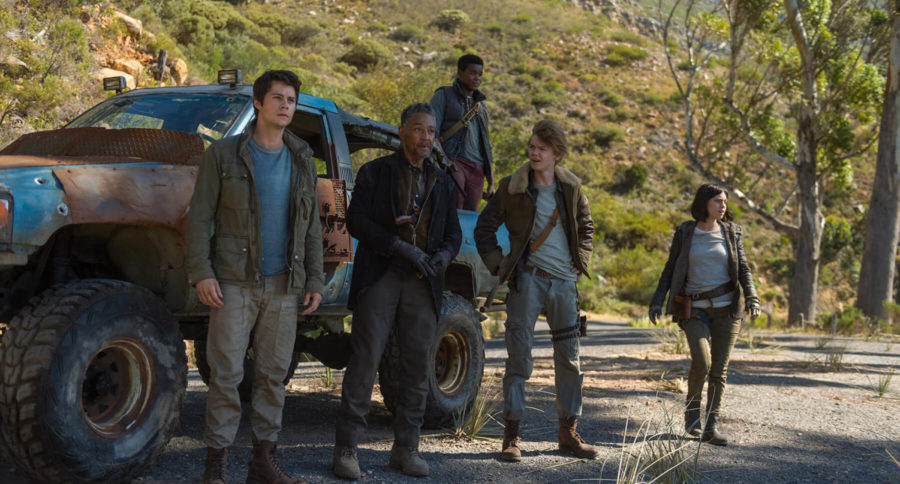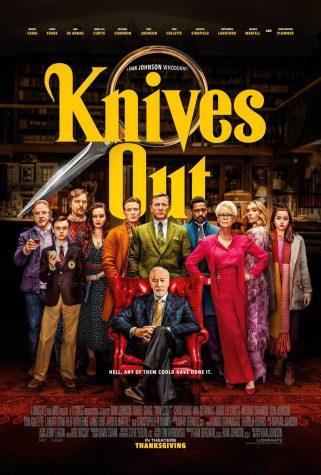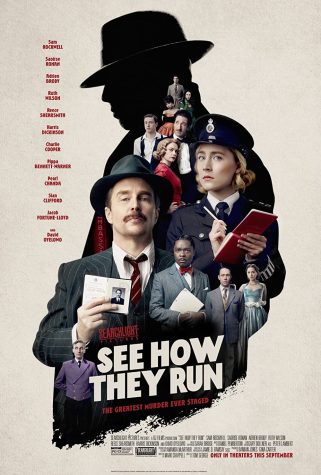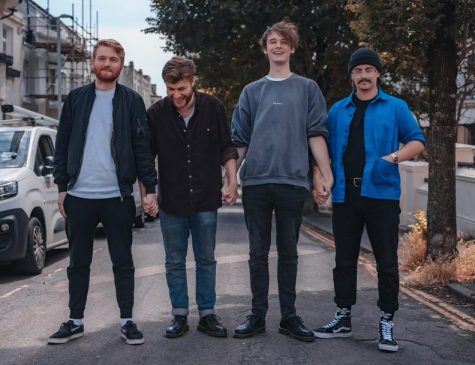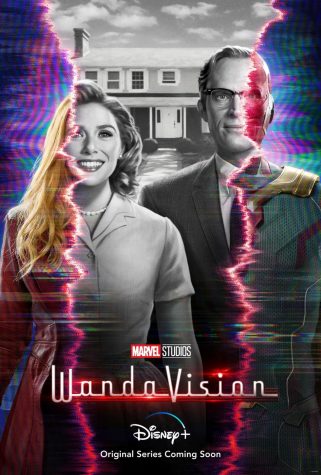Maze Runner: The Death Cure, though overdone, hits a home run
Tagging far behind the long-gone trend of YA dystopian movies, “Maze Runner: The Death Cure” boded a forced ending. However, director Wes Ball saves it from an ignominious conclusion with stunning special effects and emotional characterization.
Considering how much the two movies before it (“Maze Runner” and “Scorch Trials”) spent on fight scenes, I was only expecting more zombie action. “The Death Cure” far exceeded my standards.
We are immediately plunged into the action, with a daring train heist, then gently offered a refresher of what has happened so far— considering it’s been three years since “Scorch Trials” came out.
Thomas (Dylan O’Brien), Newt (Thomas Brodie Sangster) and Frypan (Dexter Darden) are still on the run from WCKD, who is torturing people immune to the deadly Flare in the search for a cure. They are joined by rebels Brenda (Rosa Salazar) and Jorge (Giancarlo Esposito). Thomas’s former friend and love interest Teresa (Kaya Scodelario) has betrayed the group, believing in the pursuit of the greater good, and is now one of WCKD’s most avid researchers.
Unlike the previous two movies, this one has a clear purpose: Thomas and his friends want to rescue Minho (Ki Hong Lee) from the clutches of WCKD. That means breaking into a walled city — and the political statement is clear when Jorge scoffs that WCKD’s solution for everything is walls.
Though their mission is simple, the complications are perilous and gripping, if a little contrived. Director Wes Ball is to be commended for handling the splitting of storylines so well. This not only gave a more complex structure to “The Death Cure” that its predecessors lacked, but also gave each character time to shine.
In particular, Brenda became a favorite character of mine because she had more opportunity to showcase her personality beyond what little screen time she was given in “Scorch Trials.” Oftentimes, Brenda is the one who saves everyone else in the nick of time, and she has a truly awesome scene with a crazy bus maneuver. Brenda is probably the most well-developed character in the movie — assertive, snarky and passionate, but tender at times — the Han Solo of the Maze Runner series.
I wish the relationship between Thomas and Newt had been given more detail and depth in the final cut. Newt’s most pivotal moment with Thomas was truncated, even though the few minutes omitted, available on YouTube as a deleted scene, would have been so moving if included in the movie.
Finally, “The Death Cure” kills off major characters, but the characters who do survive are so preoccupied with the action, that they neglect to show the audience both their buildup and reactions. It wasn’t until the last scene that we get mourning and, consequently, lots of sobs in the theatre.
Nevertheless, “The Death Cure” does so much more than other movies of the same genre, whether it be the fast pace and hair-breadth escapes, or the emotions it provokes. Although “The Death Cure” may not be a cure-all for the meandering in its two preceding movies, its last hurrah was a heart-wrenching ride.


